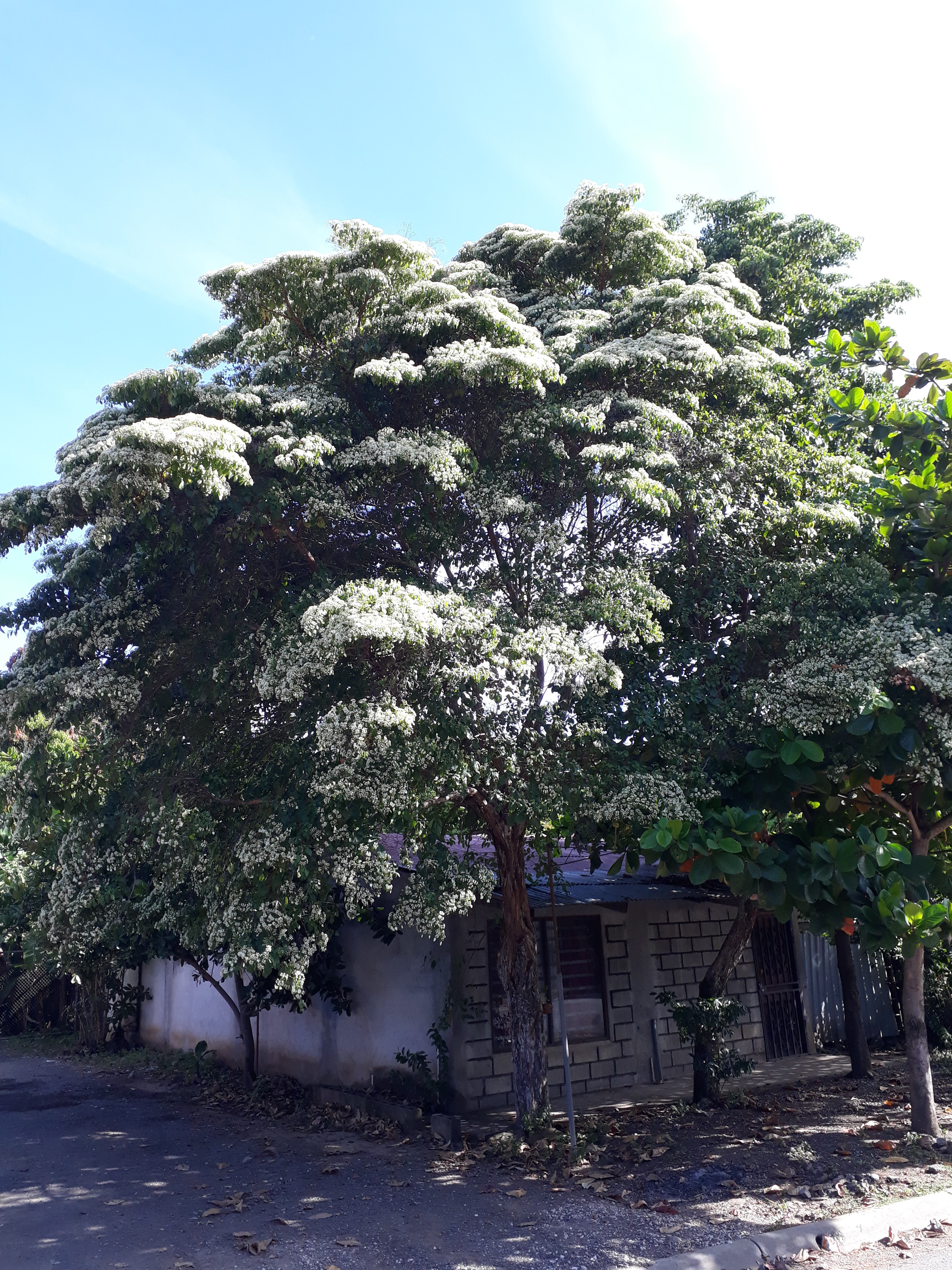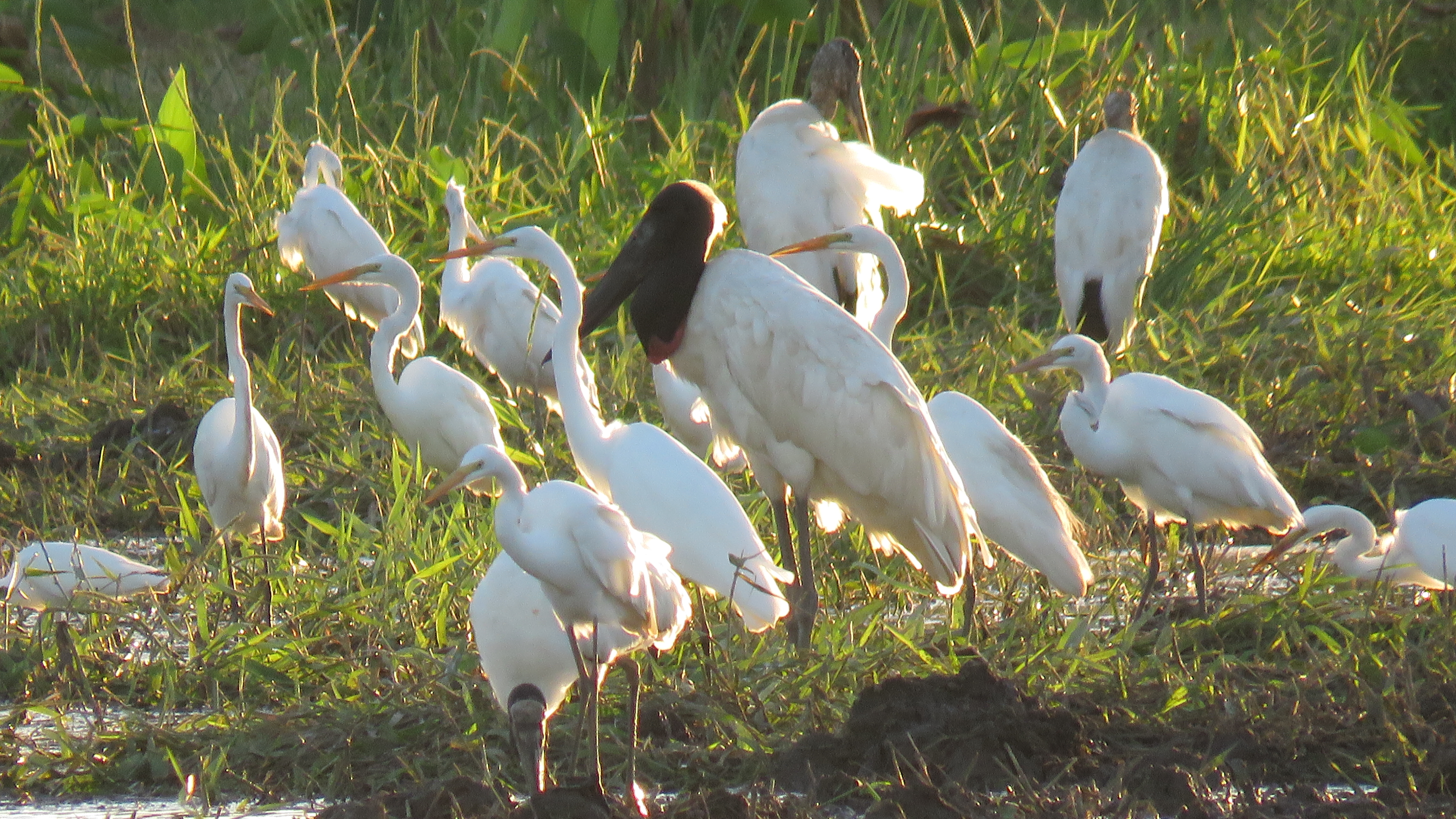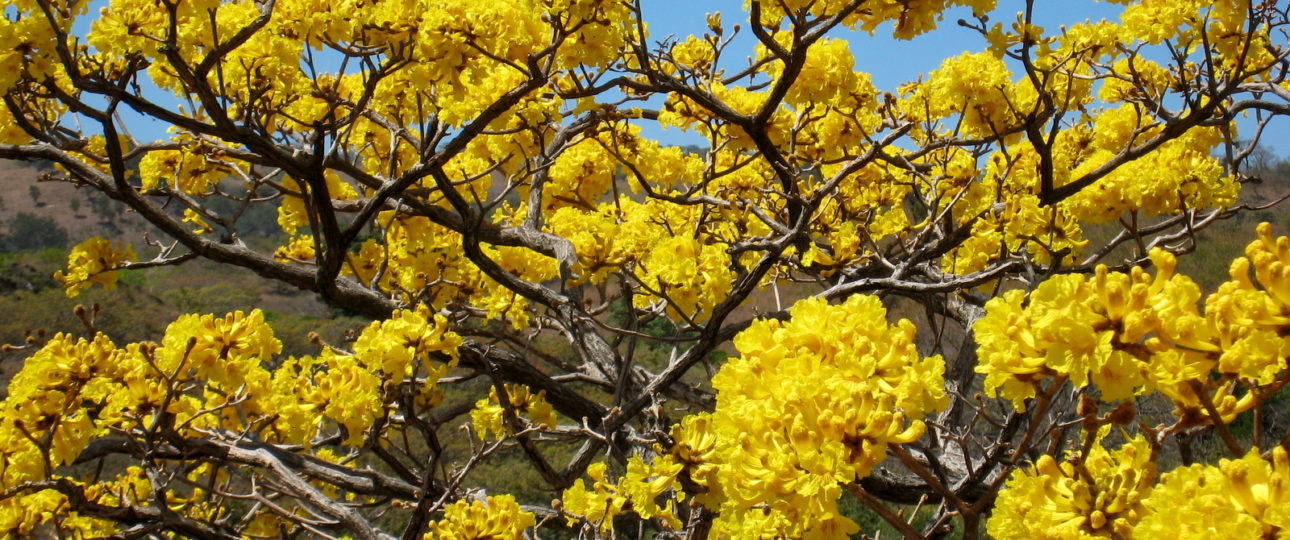
Try and imagine a country five times as large as Guatemala, that would be the size of France, this is how big the tropical dry forest was originally for the western hemisphere. Nowadays less than one percent has a conservation status, that means that is officially insufficient coverage.
The reason for these shocking numbers is just before our eyes.
Number one, lack of knowledge, you could never help, who you don’t know exists. There are economical reasons to not talk about preserving these areas, agricultural most all of them, many major tropical crops and food animals such as cebu cattle, chickens, cotton, rice, corn, beans, sweet potatoes, sorghum, and pasture grasses. Many tropical dry forest regions even have good soils; they are downwind of volcanic mountain ranges or are situated on alluvia.
 There is also the fact that the tropical dry forest is easily cleared with fire, and woody regeneration in fields or pastures is easily suppressed with fire. This pre-Columbian technique is called locally, the roza. Given the fact that Costa Rica has a straight relation with northeastern trade winds, it is really difficult to control fires under such circumstances.
There is also the fact that the tropical dry forest is easily cleared with fire, and woody regeneration in fields or pastures is easily suppressed with fire. This pre-Columbian technique is called locally, the roza. Given the fact that Costa Rica has a straight relation with northeastern trade winds, it is really difficult to control fires under such circumstances.
 Dry forest is easily cleared with fire, and woody regeneration in fields or pastures is easily suppressed with fire. Furthermore, fire does not stay where you put it; the northeastern trade winds will bring fires in different and unwanted areas. Cheaper and faster will be the reasons for which farmers still hold on to this method.
Dry forest is easily cleared with fire, and woody regeneration in fields or pastures is easily suppressed with fire. Furthermore, fire does not stay where you put it; the northeastern trade winds will bring fires in different and unwanted areas. Cheaper and faster will be the reasons for which farmers still hold on to this method.
It is hard but magic to explain, 6 months of dryness, for 6 months of 6-8 feet rainfall. Always changing in appearance, waterfalls come and vanish, leaves and flowers constantly give a different look to this deciduous environment. Mentioning a humidity underneath 60% for Costa Rica seems outside of Costa Rica, during the dry season the homogeneity seen during the rainy period, changes into a complex mosaic of tens of habitat types distinguished by the differential drying rates of different soils and exposures, different ages of succession, and different vegetation types.
Many animals migrate to moist refugia (hollow logs and caves, moist riparian sites, north-facing slopes protected from the wind, and sites close to rain forests). During the dry season, most plants cease their vegetative activities, but many species of woody plants flower, mature their fruits, and disperse their seeds. Some species of animals feed on dry season fruits, seeds, and flowers; for them, the dry season is the bountiful time of year and the rainy season, inimical.
Tropical dry forests, despite their name, which may lead you to a deserted misconception, it can sustain 50 to even 100% of flora and fauna found in neighboring humid forests, most of all seen in mammals and insects. In the 11,000-hectare dry forest of Santa Rosa National Park in Costa Rica, there is an estimate of 13,000 species of insects, and 175 bird species, 115 species of non-marine mammals and about 75 species of reptiles and amphibians.
Most of this richness is reduced by pastures in an average of 90%. Imagine loosing this diverse activity. Species in the tropics that remain dormant in extreme conditions, and all of a sudden magically find enough water to develop flowers, fruits, and leaves.
Flora and fauna that range from absolutely monophagous to extremely polyphagous; where else can you find white-tailed deer eating fruits dropped by spider monkeys and coyotes foraging side by side with jaguars? Santa Rosa dry forest has the only wind-pollinated legume, the fiercest ant-plant mutualism.
The context of the dry forest is unique because of its species; it was once widespread and certainly has as much potential for bio cultural development as does any type of tropical vegetation. It is this context that we must save.
The attractive climatic conditions of the tropical dry forests, the agricultural interest of its fertile lands, the seasonal high valued products have historically threatened this rich area, along with it, urban development as well.
In Costa Rica, tourism has become a way to have an economical model base don fair distribution, in the past, few families owned large cattle fields and agricultural lands, we are seeing nowadays many of this areas turned into reserves, zip lining tours, mountain biking, horseback riding and hiking trails. More and more professionals are being formed, as a result, with higher income per family, costaricans are understanding it is better to live out of the forest without destroying it. In the past, Costa Rica had given mahogany trees to make disposable cigar boxes, now standing on a forest, these trees represent a long term economy, while hosting fauna and flora.
Neo Travel has historically supported conservation projects, we therefore thank you for choosing our services, as we carefully select your destinations, we make sure your trip is helping to preserve our forests, tropical dry forests are extremely endangered, come and help us spread the word, there is a beautiful, diverse, unique, variable live zone waiting for you, tropical dry forests, only 2% remain throughout the world, let us take you there, we are closer to the costarican heart..

